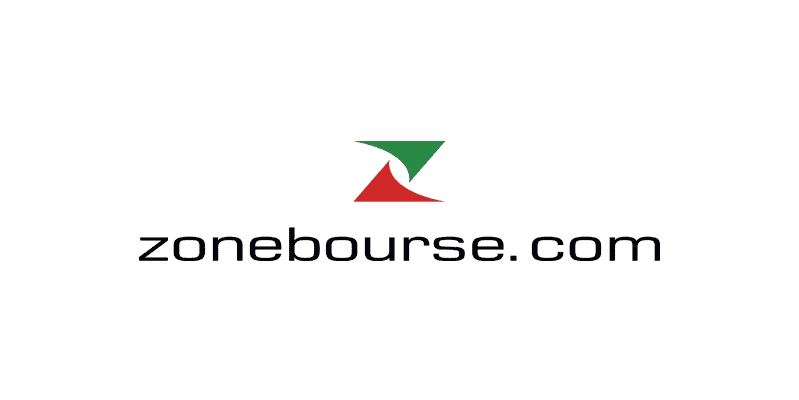The Institut Polytechnique de Paris, the CNRS and Thales create the joint HERACLES3 laboratory on intense lasers
02/01/2022
PARIS, 1er February 2022 – The Institut Polytechnique de Paris, the CNRS and Thales sign a partnership for the creation of a joint laboratory, HERACLES3, for the research and development of intense lasers. Building on a rich history of collaborations, it will improve intense laser technologies and their industrial, medical and scientific applications.
The new joint HERACLES laboratory3 (Hothers Eenergies for the Rsearch in ACacceleration Laser ofEelectrons and Ssources Ssecondary to Saclay) aims to develop technologies at the cutting edge of innovation, based on intense lasers, with the potential for major applications in industry, medicine and science. This partnership between Thales, the CNRS and the Institut Polytechnique de Paris (IP Paris) is based on a rich history of collaboration between the three players.
Power lasers are one of the major areas of research at IP Paris, both for fundamental research on plasmas, laboratory astrophysics and vacuum exploration, and for societal applications such as non- destructive for industry or, in the medical field, imaging and treatment of tumours. The CNRS is a leader in the field of plasma physics. Among its priorities is the commissioning of world-class facilities in extreme light on French soil. The exploitation of this type of installation opens up new perspectives in the physics of ultra-high intensity laser/matter interactions, in particular the generation of new sources of particles, the acceleration of particles and electrons or even dynamic quantum electronics.
These laser technologies and their applications, developed by the laboratories of IP Paris and the CNRS, also correspond to Thales’s laser strategy. A world leader in the field of scientific lasers, Thales focuses its laser activities on three sectors: space, science and industry. In the world of space, Thales notably supplied the first two lasers operating on the planet Mars (ChemCam on board the Curiosity rover, and SuperCam on board Perseverance). Thales’s expertise in lasers is also based on a fleet of dozens of lasers in the most prestigious laboratories in the world.
Several collaborations were born from these common interests, such as the XCAN project imagined by the Nobel Prize in Physics Gérard Mourou, professor emeritus at the Ecole polytechnique, or even part of the R&D of the Apollon Research Infrastructure, with its lasers among the most powerful in the world piloted by the Laboratory for the Use of Intense Lasers (LULI*), and more recently the facilities of the Laplace Plasma Laser Acceleration Center project, piloted by the Applied Optics Laboratory (LOA*) .
The creation of HERACLES3 will make it possible to perpetuate and strengthen the actions in progress, and also to start new ones, centered on the development of laser technologies for applications. HERACLES3 will also be able to register part of its activities within the Interdisciplinary Center for Defense and Security Studies (CIEDS) of IP Paris, but also in the future interdisciplinary center on biomedical engineering.
The HERACLES laboratory3is built around three axes related to the physical characteristics of intense lasers and the technological locks specific to them:
- Axis 1 – Very high peak power (10 PW) thanks to the Apollon Research Infrastructure.
- Axis 2 – High peak (> 10 TW) and average (100 W) power at high repetition rate (100 Hz) within the Plasma Laser Acceleration Center at the LOA*
- Axis 3 – Very high average power (> 500 W) on the XCAN project
Thus, the R&D activities of these three axes will make it possible, by developing innovative technological bricks, to increase and make reliable the performance of laser sources, particularly in terms of power, intensity and repeatability. Certain fields of application such as electron acceleration, with a new class of accelerators, or very high resolution medical imaging and non-destructive testing of very thick welds, will be explored.
The laboratory will bring together dedicated teams from LOA and LULI* with researchers and research support staff from CNRS and IP Paris, as well as the loan of technical resources (laser platforms and laboratory measurement tools). Thales will contribute to this project by making its experts available, financing CIFRE theses, loaning equipment, and providing a new laser for the Laplace project, which aims to become one of the first of laser-plasma acceleration in the world.
The birth of HERACLES3 thus makes it possible to concretize a strong relationship between laboratories which have hosted a large number of Thales engineers and a company at the forefront of technological innovation which enables researchers to design the systems and applications of tomorrow.
*LULI, Laboratory for the use of intense lasers, a CNRS laboratory / École polytechnique – Institut Polytechnique de Paris / Sorbonne University
*LOA, Laboratory of Applied Optics, a CNRS laboratory / École polytechnique – Institut Polytechnique de Paris / ENSTA Paris – Institut Polytechnique de Paris
*1 WP is 1015 watts
